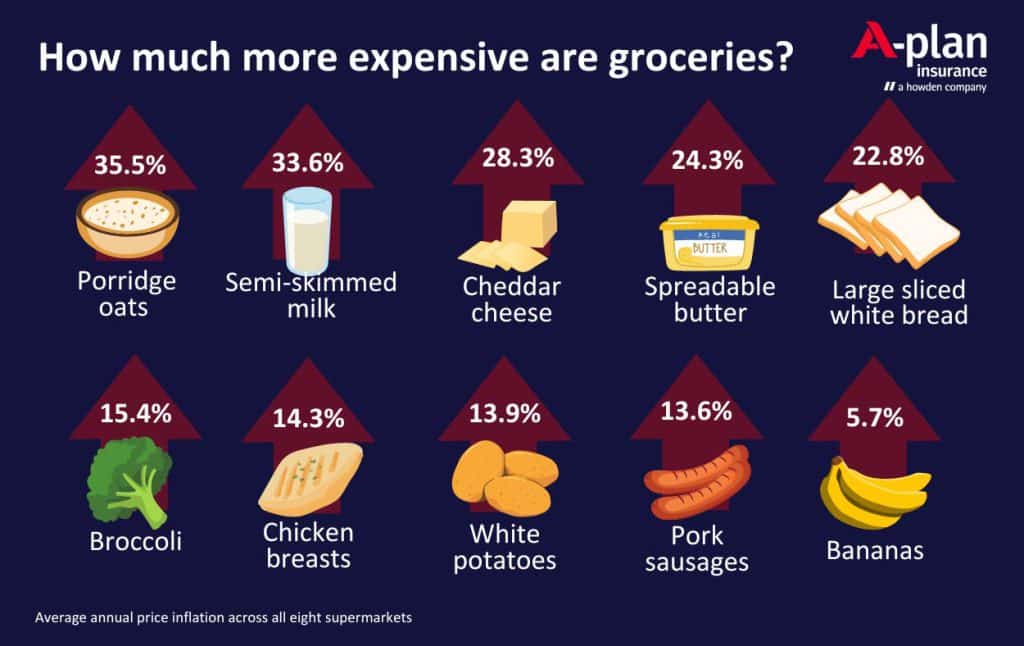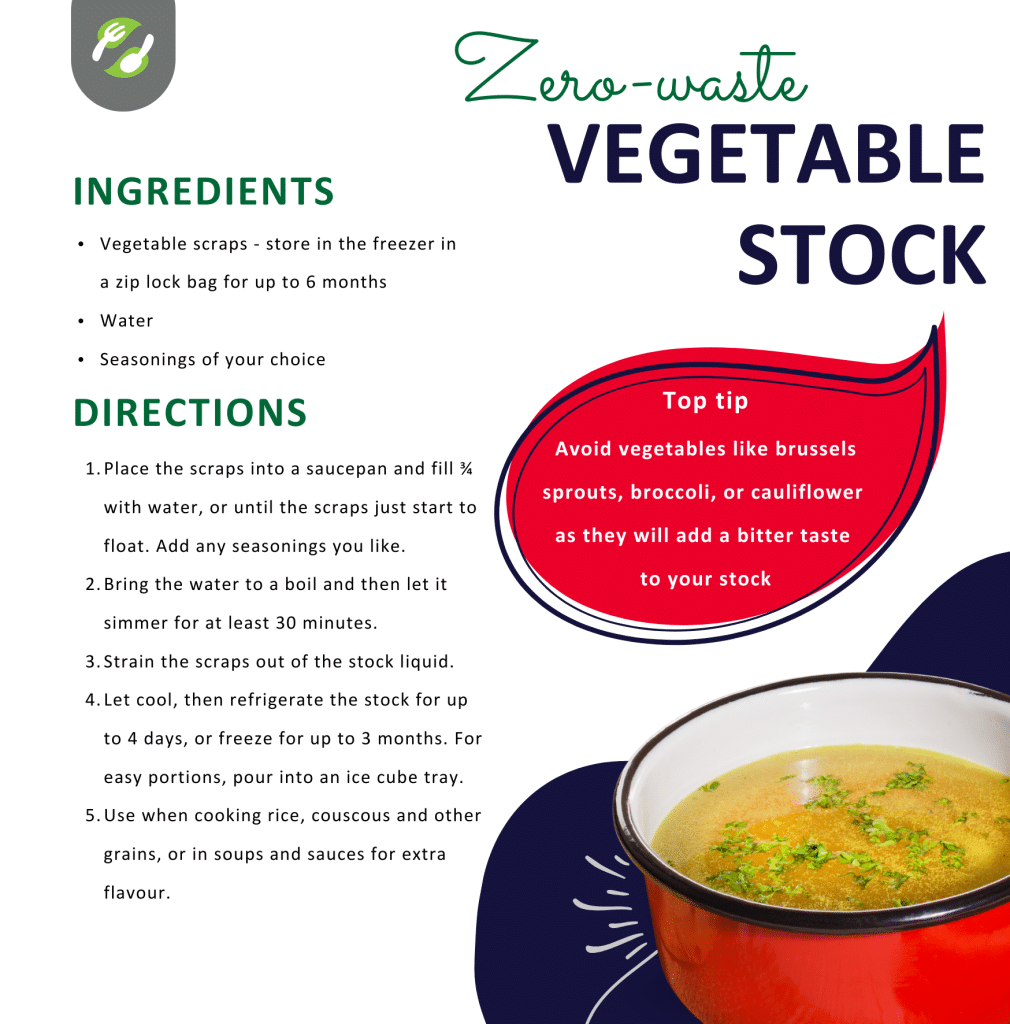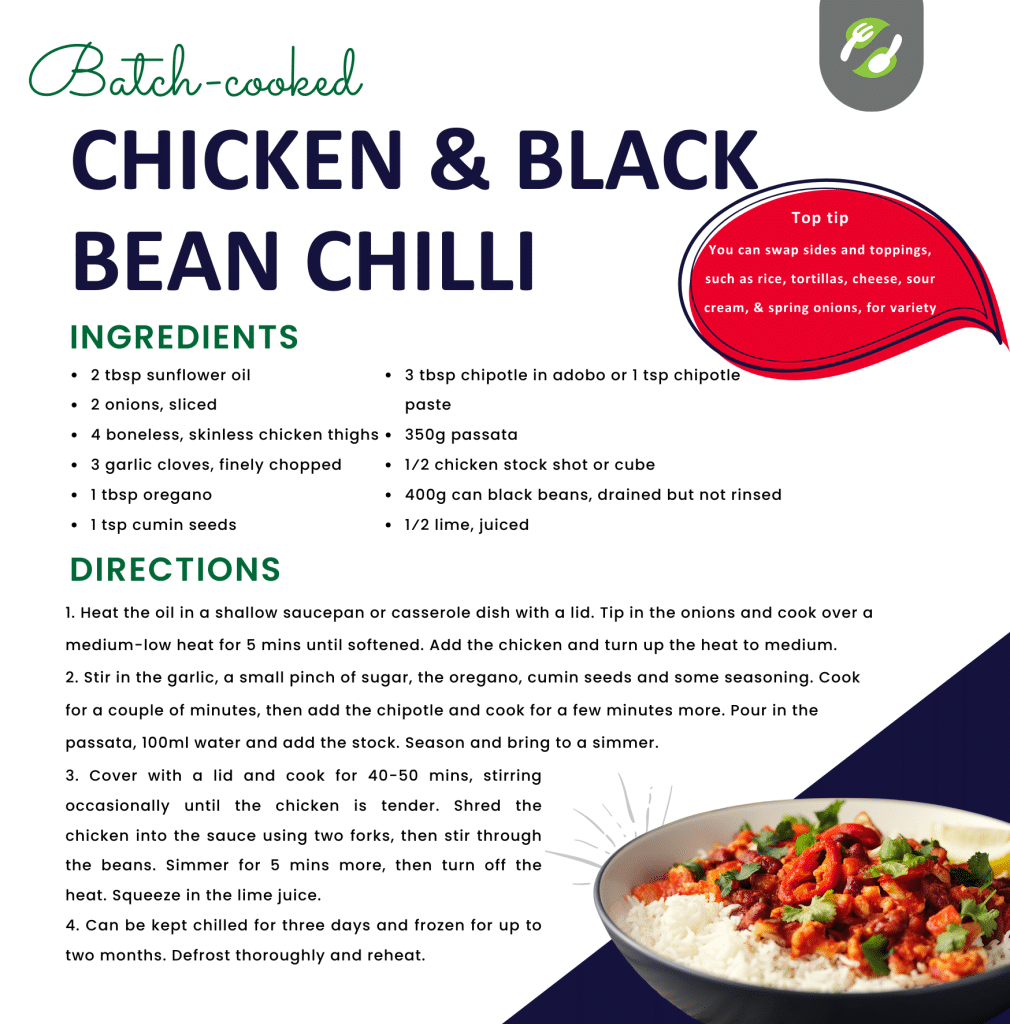The cost-of-living crisis is affecting our everyday spending habits: many of us have been feeling the pinch thanks to the rising costs of fuel, energy and food. These price rises have been attributed to several factors, including Brexit red tape, labour shortages, profiteering fuel companies and the war in Ukraine. This year, we’ve also faced vegetable shortages caused by bad weather abroad, while UK farmers are producing less due to surging energy costs.
With this in mind, we’ve compiled some handy tips to help you find ways of making your groceries go further.
How has inflation affected your food shop?
According to consumer champion Which?, the cost of groceries has continued to rise. In March 2023, supermarket food and drink prices cost on average 17.2% more than this time last year (up from 16.5% in February), and some items rose even higher than that.
Which?’s supermarket tracker also showed that supermarket own-label budget items, which are still the cheapest overall, were up 24.8% in March compared with 2022. Standard supermarket own brands were up by 20.5%, while branded goods and premium own-brand ranges were up by 13.8%. To show this in tangible terms, here’s how much staple, everyday products have increased by, based on the average prices across the eight major supermarkets.

Despite these price rises, wholesale global prices have already dropped, so there are positive signs on the horizon. The British Retail Consortium has claimed the price of a food shop should start to come down, and estimated this decrease would be reflected in shops in three to nine months’ time.
What’s better – fresh or frozen food?
In light of rising prices, many consumers are opting for frozen food instead of fresh, with frozen chicken, pizza, chips and ready meals some of the most popular items in our baskets. And it‘s worth considering switching, as frozen fruit and vegetables are just as nutritious as fresh, and frozen food can be cheaper and last longer.
But did you know these common food items can be frozen too?
- Fruit & veg – wash, chop and dry thoroughly before freezing for best results
- Milk – thaw carefully to preserve the right consistency
- Bread – in slices, as loaves or breadcrumbs
- Meat – raw or cooked, but never re-freeze after defrosting once already
- Cheese – make sure to grate it first
- Herbs – for using in meals, rather than garnishes
- Wine – to use in cooking or mixing into drinks, such as Sangria
- Stock – you can make in advance, let cool, and store in ice cube trays for easy use
- Vegetable scraps – if you fancy making your own stock, read on for instructions
Think of your freezer as a pause button: food in a freezer won’t deteriorate and most bacteria cannot grow in it. You can freeze pre-packaged food until midnight on the use-by date, and leftovers and homemade goods should be frozen as soon as possible, but make sure to let any warm dishes cool completely first.
How to find the best bargains
Getting a great deal is always satisfying, but in this cost-of-living crisis, it’s even better to bag a bargain when you can! As well as the reward schemes and discount prices found in supermarkets, there are other places where you can find food and drink at a better price – and help reduce waste at the same time.
Letting you ‘rescue unsold food from an untimely fate’, Too Good To Go is a mobile app that connects you with cafés, restaurants and food shops in your area. You can then purchase ‘surprise bags’ in advance, paying around a third of the usual price as you usually would for the items, and collect at your chosen store at the end of the day. Morrisons, Co-Op, Waitrose, Greggs, Starbucks, Harvester and many more are signed up, meaning you could discover great deals in your area.
Another similar app aimed at reducing food waste is Olio, though it includes non-food items too. Olio connects neighbours with each other and with local businesses so surplus items can be shared, not thrown away. This could be fresh fruit and vegetables you won’t eat before you go away, store cupboard items you’re not realistically going to use, unwanted food gifts, and more.
Budget-friendly recipe ideas and tips
Just as cooking is a skill, so is cooking on a budget. But being thrifty doesn’t mean you have to sacrifice flavour, nutrition, or variety. The secret is using store cupboard basics, buying in-season produce and planning ahead to make the most of your ingredients before they go off.
Tinned and canned goods are cheap, as are dried products such as pasta, rice, noodles, and oats. Having them on hand gives you an arsenal of recipes to cook when time and money are tight, especially if you can stock up on items when they’re on offer.
How you store food is another consideration if you’re watching your wallet. By organising your fridge properly, you can ensure your produce lasts. The bottom is the coldest, so works best for raw meat and fish, while eggs can go on the middle shelf as these don’t need to get too cold. The top shelf is the warmest and has the most consistent temperature, so works best for dairy and pre-prepared foods that don’t need cooking.
In the UK we throw away almost 20% of the food we buy, which for the average household can add up to £50 of food waste per month. It can take some practice to get into the habit, but meal planning can help your budget go further by utilising ingredients in multiple meals throughout the week and reducing waste. You may even find cooking in bulk to make batch meals works for you, if you’ve got the freezer space.
Here are some handy recipes for inspiration:


Even with the promise of lower prices on the horizon, shopping in a way that gets the most from your budget is a good habit to keep! Whether you find meal planning, batch cooking or shopping the sales the best method for your household, you can make nutritious food that you’ll actually enjoy eating.
If you want to know more about which supermarkets are the best value for money, you can read our article about which is really the cheapest here. Plus, for even more money-saving ideas and tips, we’ve written several articles about the cost of living.
Sources: British Heart Foundation, BBC, Which?, BRC, Food Standards Agency

